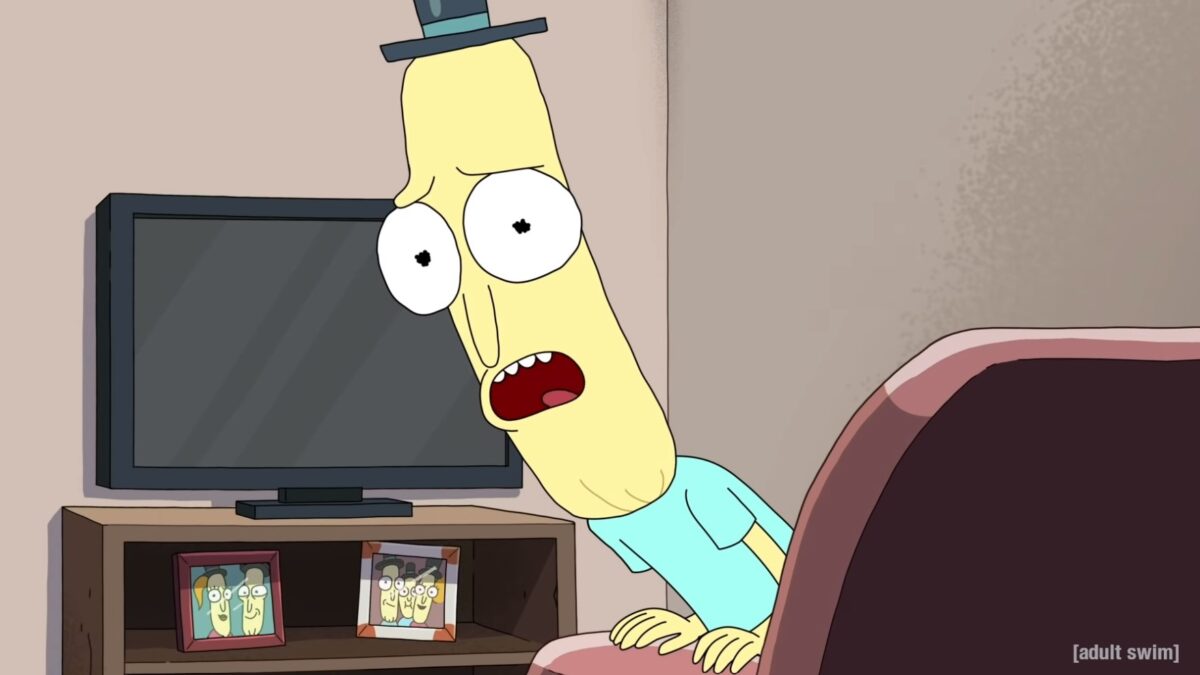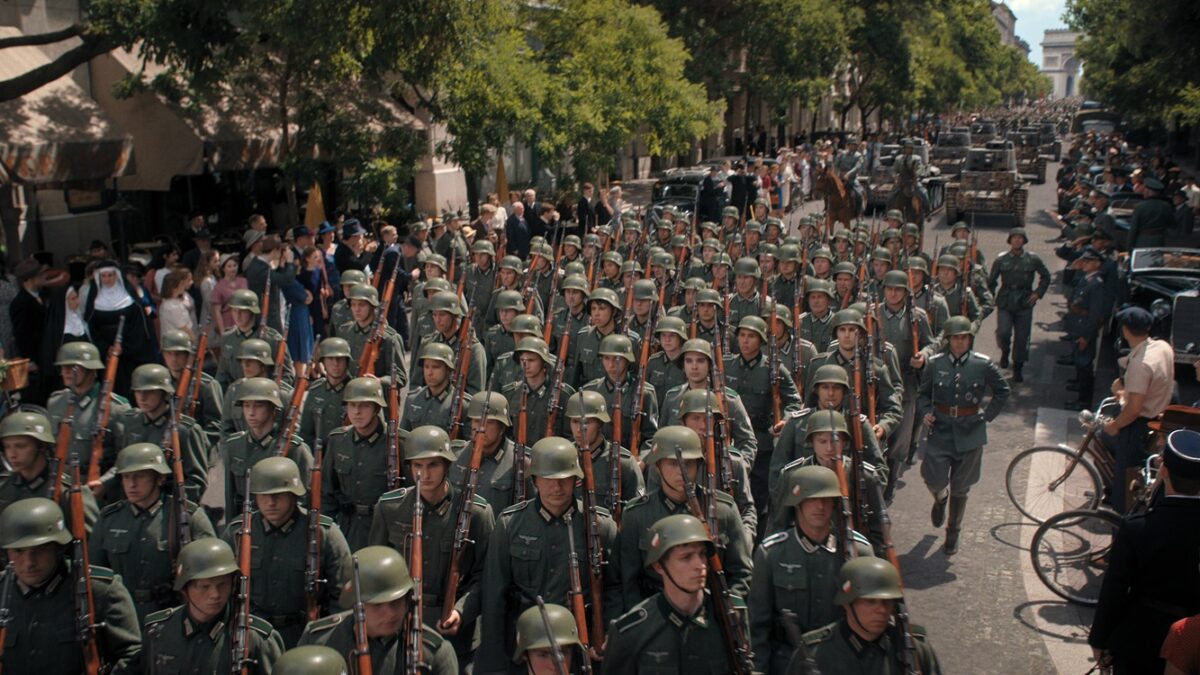Few things captivate the attention of Gen Z and the later-born millennials as effectively as Adult Swim’s smash hit “Rick and Morty.” If you have eyes, you have undoubtedly seen its characters adorning T-shirts, backpacks, and bongs. If you have ears, you have heard co-creator Justin Roiland lending his voice to an animated character of some kind.
As the show enters its sixth season and its popularity continues to grow while its creators branch out to work on other projects, it is important to recognize the effects it has had on popular culture and why it has ultimately been a negative influence.
The Rick Factor
To be fair, the show’s immense popularity is largely warranted. Adult animation, a genre primarily characterized by cartoon situational comedy, is saturated with mediocrity, thus “Rick and Morty” is consistently funny in an increasingly unfunny field.
“Rick and Morty” is also unique in that it is able to revel in vulgarity while exploring complex themes. Frequently, the show explores the unfulfilling nature of amoral nihilism, and younger adults who increasingly have concepts like moral subjectivity forced upon them likely find comfort in the fact that other people — animated or otherwise — are adrift in nebulous meaninglessness alongside them.
This is further emphasized in how the show’s creators — Dan Harmon and the aforementioned Roiland — are able to combine both razor-sharp wit and shockingly lowbrow humor with a genuine and unique capacity for introspection. It isn’t uncommon for the show to provide thoughtfully crafted social commentary and then follow it up with over-the-top violence or a string of incredibly grotesque jokes.
For instance, in a post-credits scene in the show’s fifth season finale, its unofficial mascot, Mr. Poopybutthole, reveals that his fear of intimacy led to him driving away his wife and child as he asks viewers if they “ever think about how horrified the people we love would be if they found out who we truly are.”
This wedding of lowbrow humor and seemingly intellectual existential dread plays a considerable role in why the show is so popular among younger adults, but it is also why it’s leaving behind a problematic legacy.
Copycats
When something is successful, people copy it hoping to similarly cash in and edge out their competition. This is an immutable law of industry; the world of animation is not immune.
Thus, “Rick and Morty” is frequently imitated but has yet to be duplicated, which is partly why its field is over-saturated. For every stand-out show like “Rick and Morty,” there are a dozen more like “Hoops,” which is exceedingly trite with its overreliance on autofellatio jokes, and “Big Mouth,” which is performatively grotesque in its unrelenting portrayal of childhood sexuality.
In hopes of creating the next “Rick and Morty,” streaming services and cable networks have greenlit dozens of similarly styled and structured shows. But in the pursuit of making quick returns on their investments, they became heavy-handed on the vulgarity while incorporating an insufficient amount of heart or wit to balance it out.
For instance, the entire premise of Netflix’s “Big Mouth” is that young children going through puberty act out in strange and uncomfortable ways. After all, teenagers tend to be strange and uncomfortable people. But the show delivers on this premise by explicitly portraying how these young kids explore their developing bodies and even, at times, shows the cartoon genitals of these children. There is even a recurring gag where one kid develops an emotional attachment to the anthropomorphized couch cushion he uses to pleasure himself.
The whole joke is that children, who are not sexual beings, are being sexualized.
Shows like “Big Mouth” began to rapidly appear after it became clear that “Rick and Morty” was incredibly popular, but neither it nor any of the other copycat series spawned in the wake of “Rick and Morty” has been able to replicate what Roiland and Harmon have done.
“Little Demon” and “High on Life”
The success of “Rick and Morty” has enabled its creators to cash in and produce several advertisements for big-dollar corporate sponsors, and this is perfectly fine. After all, it’s not like anyone faults the team behind “The Simpsons” for producing a slew of commercials for Nestle in the late ’90s. One of the many reasons people want to make it big in show business is so they can sell out.
But the show’s success has also given them the opportunity to branch out and work on several other creative projects. However, Roiland and Harmon’s collaborative prowess on “Rick and Morty” doesn’t carry over into their individual projects. Instead, they tend to suffer from the same issues that their imitators experience.
Two current examples of this are “Little Demon,” a show currently being executive-produced by Harmon, and “High on Life,” a soon-to-be-released video game developed by Roiland’s production company.
“Little Demon” is the story of a 13-year-old girl who discovers she is the illegitimate child of Satan after starting puberty. And since the show’s protagonist is the antichrist, it’s only natural that it glamorizes the occult while disparaging Judeo-Christian beliefs.
Per the Parents Television and Media Council, the first episode of “Little Demon” features “at least 38 f-words, 35 s-words,” and “animated female frontal nudity.” This is pretty indicative of how the rest of the show has thus far been.
In the show’s second episode, Chrissy, the daughter of Satan, debuts her new catchphrase, “peepee poopoo,” while possessing and manipulating people she interacts with in her daily life. And in its third episode, the main character’s mother narrowly escapes the clutches of a demon who is subdued through cruel and demeaning dirty talk. Neither of these scenarios is particularly intelligent or particularly funny.
“Little Demon” is able to make people laugh by making them uncomfortable with an abundance of gore and vulgarity, not because it’s actually funny.
According to its trailer, “High on Life” puts players in a situation where they have to “take out the entire alien drug cartel” to stop its members from trafficking humans. The game is a science fiction first-person shooter, and despite being far more visually impressive than “Little Demon,” it still appears to suffer from many of the same issues.
Granted, the game is yet to be released, but its promotional materials make clear that its sense of humor relies on excrement jokes, aggressive nonchalance toward violence, and overutilization of the word “f-ck.”
The Post-Rick Era
Both “Little Demon” and “High on Life,” despite being crafted by the creators of “Rick and Morty,” experience a similar phenomenon to that of “Rick and Morty’s” copycats. They over-rely on vulgarity while insufficiently probing the depths of the human spirit or coming close to offering intellectual stimulation.
But this is par for the course for an era whose entertainment uses “Rick and Morty” as the blueprint for lucrative content. And considering that “Rick and Morty’s” success shows no signs of slowing down, there is no reason to believe its copycats will either.
Thus, there will continue to be a proliferation of unfunny animated comedies that serve no purpose other than generating ad revenue for cable networks and clogging the algorithms of streaming services.









